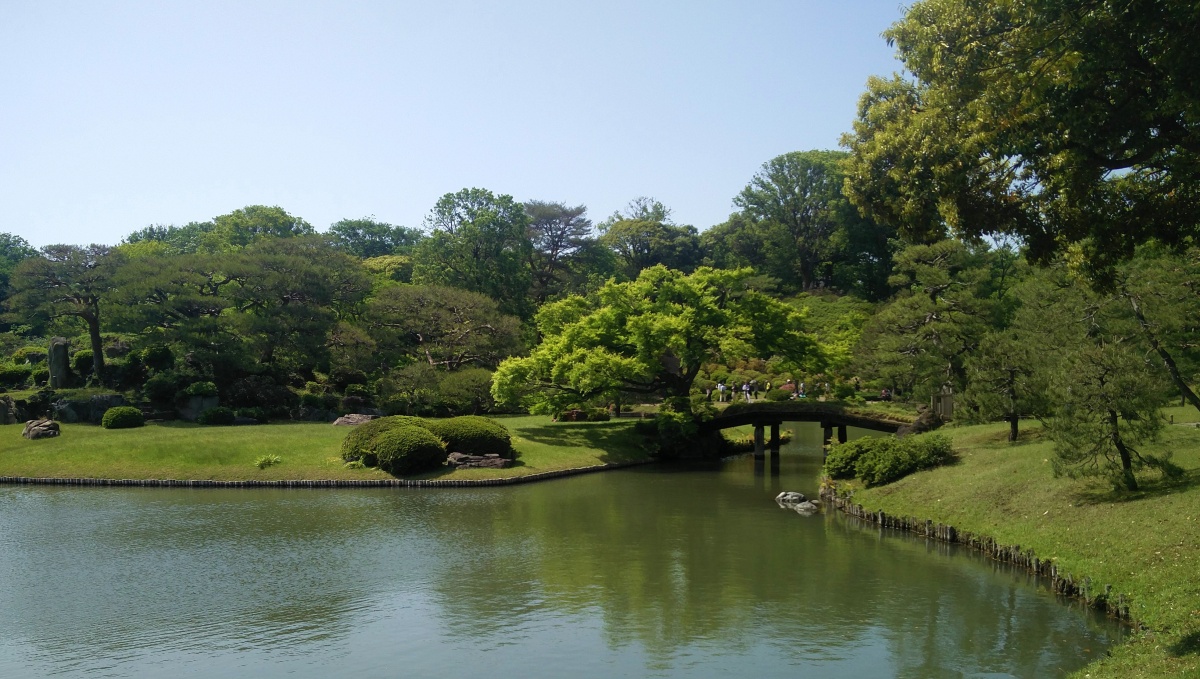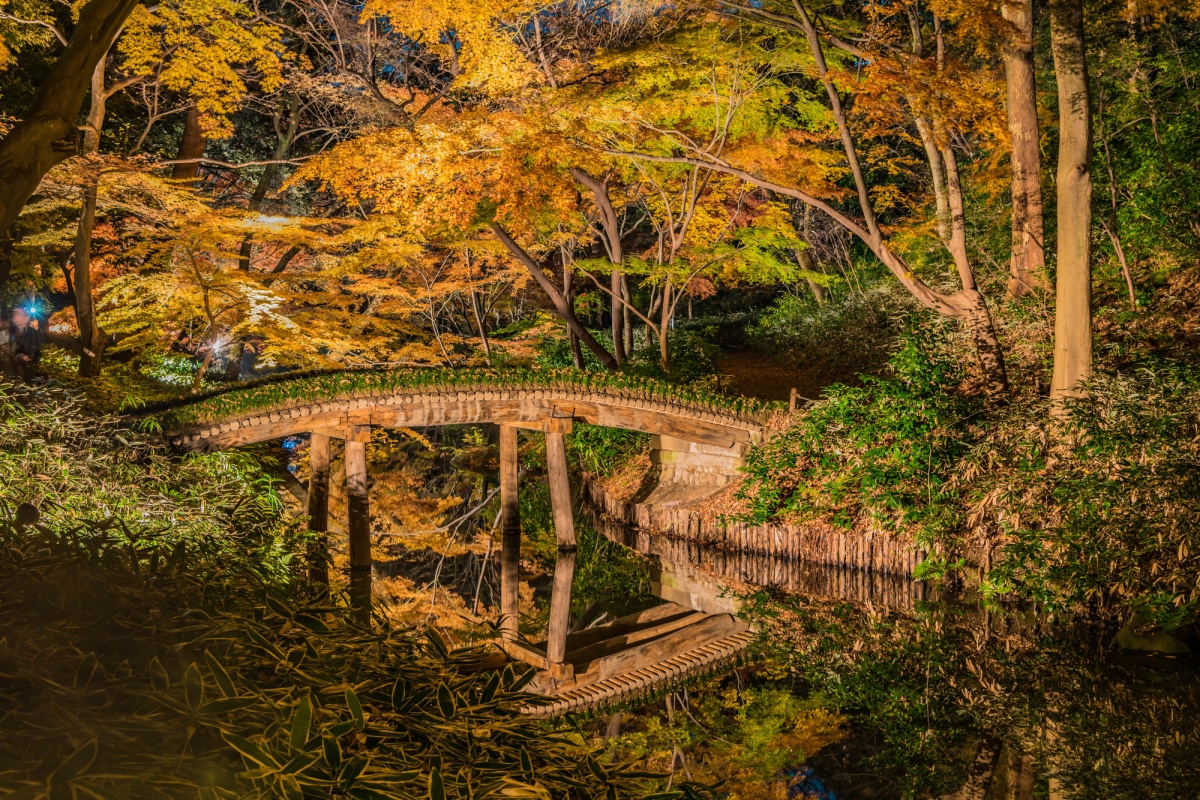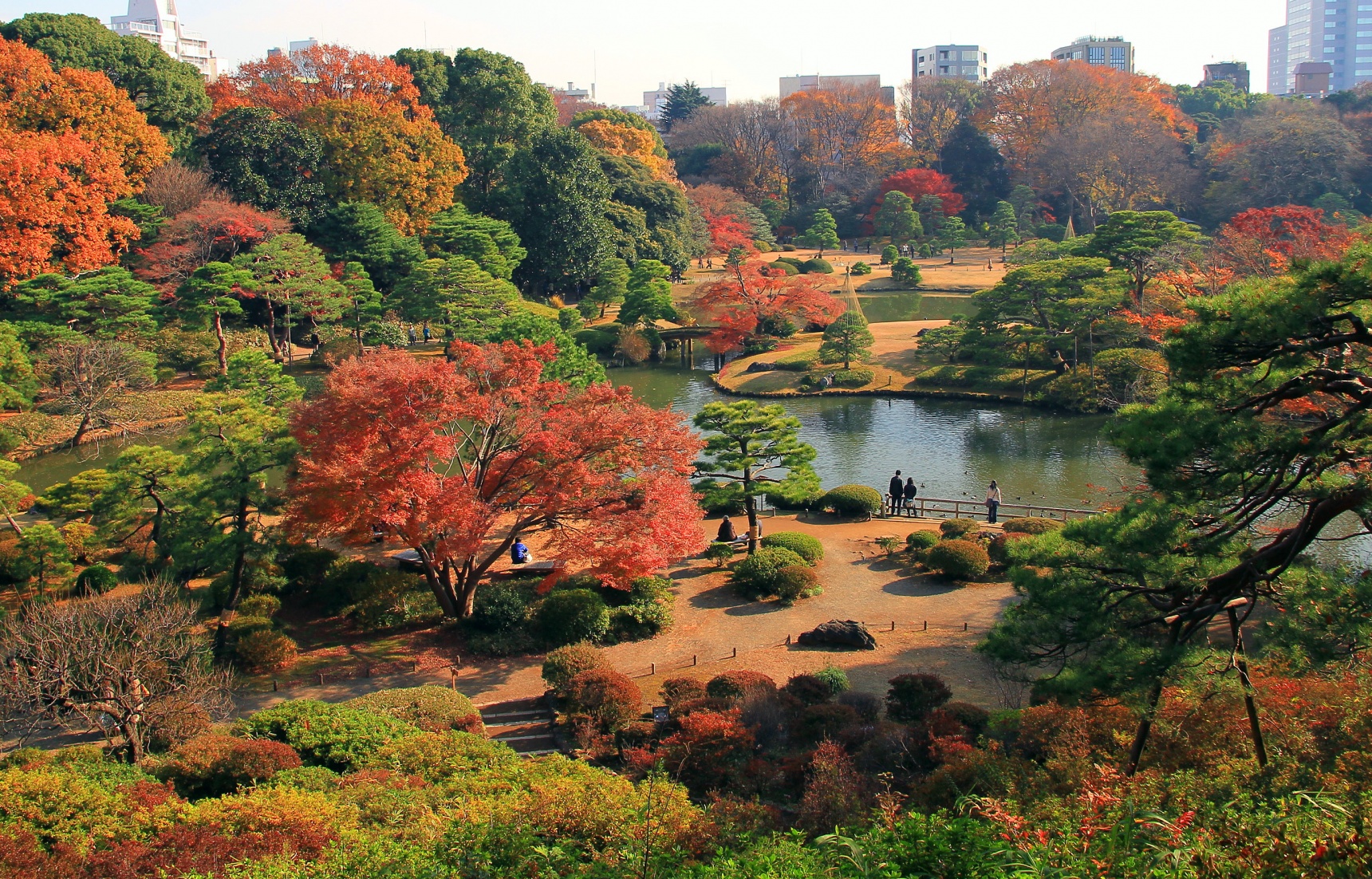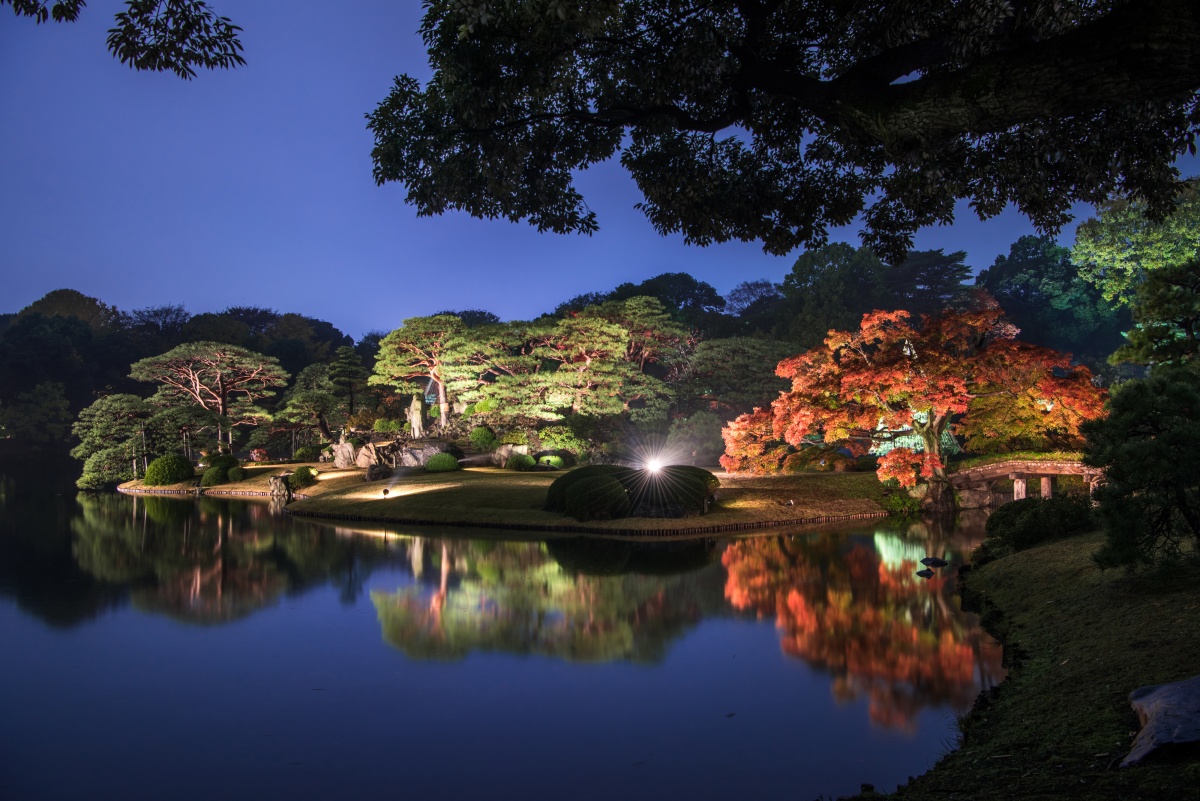Rikugien Garden: A Paradise Fit for a Daimyo
While Tokyo has earned its image as an ultra-modern mecca of towering skyscrapers, it maintains a balance with nature surprisingly well. There are idyllic parks and gardens dotted around the city, sometimes where you'd least expect. One of the finest examples is Rikugien, an Edo-style garden in northern Tokyo.
By David
Located in the heart of the city in Tokyo's Bunkyo Ward, Rikugien is a kaiyu circuit-style "daimyo garden." It was constructed in the Edo Period (1603 - 1868) in 1702 at the behest of the fifth shogun, Tsunayoshi Tokugawa, by Yanagisawa Yoshiyasu—daimyo of Kawagoe and close friend to Tsunayoshi. The name Rikugien (六義園) is actually a reference to the six divisions of Chinese poetry, which heavily influenced Japan's own form of poetry, waka.
Although the garden was quite grand at the time of its creation, it fell into disrepair until it became the second residence of Iwasaki Yotaro, the founder of Mitsubishi. In 1938, Rikugien was donated to the Tokyo government, and in 1953 it was declared a tokubetsu meisho, or a "special place of scenic beauty." That scenic beauty, which sprouted from the humble roots of Japanese poetry, has been well-preserved to this day, and Rikugien is the perfect place for a leisurely stroll among nature, even in the center of Tokyo.

Since the garden was originally designed to reflect 88 scenes from classic Japanese poems, it features varied terrain, with a large pond in the center of the complex surrounded by small hills and pockets of forests. These symbolic scenes are generously spread around the garden's 87,800 square meters (about 288,057 square feet). You can amble through the garden via its vast network of trails, and it could easily take an hour or two to explore completely depending on walking speed. The trails enshrine the garden's centerpiece, the aforementioned pond, which contains two man-made islets—a smaller central one, Nakanoshima, and the larger Fujishiro-toge—with stone steps that lead up to a panoramic view of the entire garden.

https://pixta.jp
The garden's trails wind through overhanging maple and zelkova trees, which guide you past small houses for tea ceremony, wooden arbors, a weeping cherry tree and a rock pool that trickles into the central pond. While crossing the small bridges that connect these trails, you may catch a glimpse of schools of freshwater fish searching for food, or turtles sunbathing on rocks in the early afternoon. The aforementioned teahouses are more than just for show—you can also sample some delicious matcha in the Fukiage-chaya teahouse that overlooks the pond.
Illumination Events
Rikugien is beautiful at any time of the year, especially while flowers are in bloom, but there are two particular windows where you can experience the garden at its finest. Twice a year it hosts special nighttime illumination events where the garden stays open until 9 p.m., lit by flood lights that accentuate the natural beauty of the foliage and landscaping. These events take place in fall, when the leaves change colors, and during cherry blossom season in spring, where the weeping cherry tree takes center stage!
Rikugien has the air of tranquility one would expect from a garden erected on behalf of a shogun in the name of poetry, and is an ideal spot for anyone who wants a bit of respite from the fast-paced city life of Tokyo.
Rikugien Hours & Access
Hours of Operation: 9 a.m. – 5 p.m. (last entry 4:30 p.m.)
*Hours are extended to 9 p.m. during illumination events in fall and spring. Dates vary.*
Admission: Adults - ¥300, Seniors - ¥150
Access: The garden can be easily accessed via Komagome Station on the JR Yamanote Line or Namboku Subway Line.





